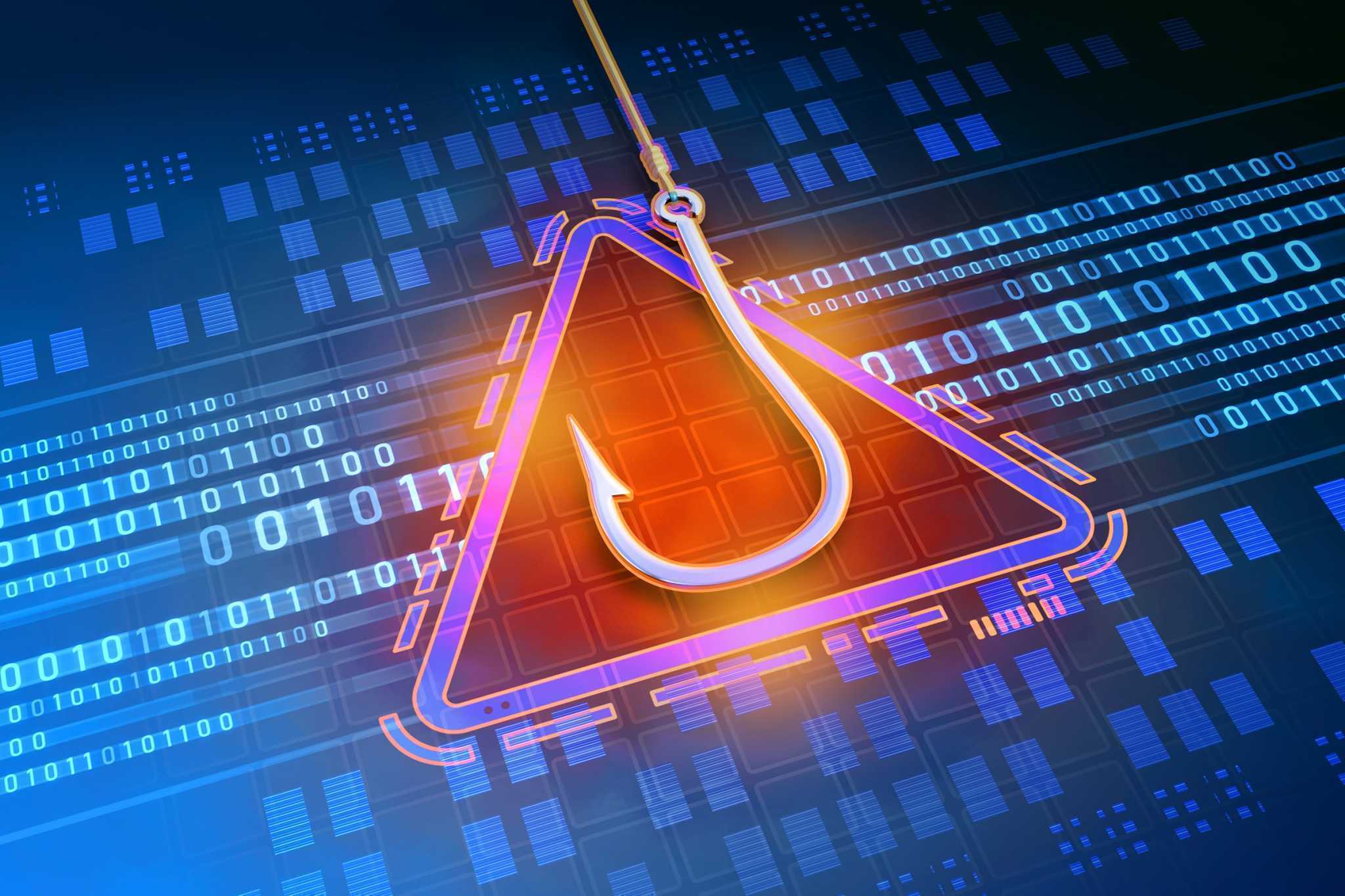
How can I recognise and prevent phishing?
Phishing is a serious threat to the online security of individuals and organisations. It is important to know how to recognise and prevent phishing. In this post, I share some tips to protect yourself from phishing attacks.
- Be alert to unsolicited messages asking for personal or financial information. Do not trust the sender based on the name or logo alone. Always check the sender's contact details and domain name.
- Don't just click on links or attachments in suspicious messages. They may contain malware or redirect you to fake websites trying to steal your information. Check the URL of the link by hovering over it and see if it matches the official website of the organisation.
- Use strong and unique passwords for all your online accounts. Change your passwords regularly and use a reliable password manager to store them securely. Also use two-step verification where possible to make your accounts extra secure.
- Keep your software up-to-date and install a good antivirus and firewall software on your devices. This can help you detect and block malware and other threats.
- Report suspicious messages to the relevant organisation and to the authorities. This can help alert other potential victims and help track down the phishing attackers.
Phishing is a form of cybercrime that can have serious consequences for your privacy, identity and finances. So always be careful and alert when online. If in doubt, take no chances and contact the legitimate source to confirm the authenticity of the message.